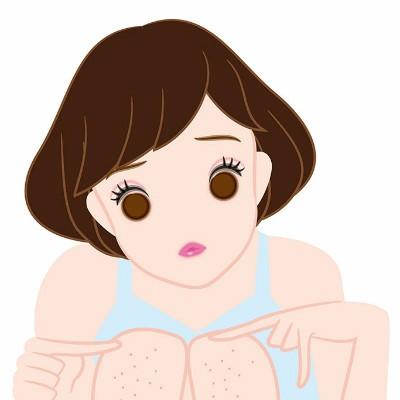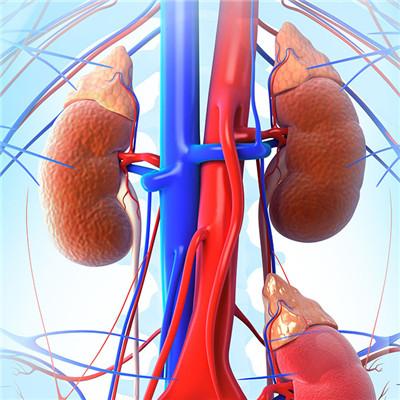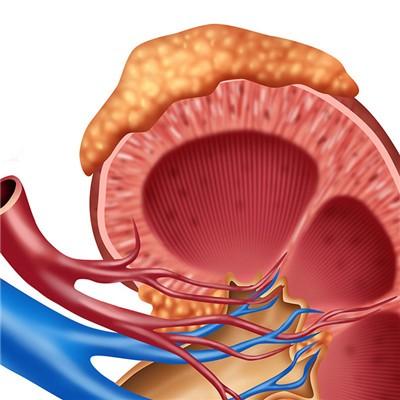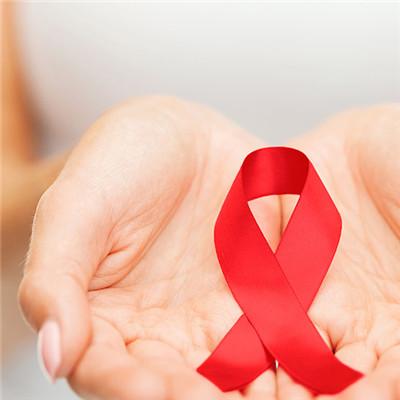What is ankylosing arthritis?
summary
Ankylosing spondylitis is a disease characterized by inflammation of sacroiliac joint and spinal attachment point. Some microorganisms, such as Klebsiella pneumoniae, have common antigens with their own tissues, which can induce abnormal immune response. What is ankylosing arthritis? Next, I'd like to share my views with you.
What is ankylosing arthritis?
For young people aged 16-25, especially young men. Ankylosing spondylitis generally occult onset, early may not have any clinical symptoms, some patients in the early may show mild systemic symptoms, such as fatigue, emaciation, long-term or intermittent low fever, anorexia, mild anemia and so on. As the disease is mild, most patients can not be found early, resulting in delay of the disease and loss of the best opportunity for treatment.

Most of as patients have joint disease, and most of them first invade sacroiliac joint, then ascend to cervical spine. A few patients are invaded by cervical vertebra or several spinal segments at the same time, and can also invade the surrounding joints. In the early stage, there is inflammatory pain in the joints, accompanied by muscle spasm around the joints, and a sense of stiffness, which is obvious in the morning. It can also be manifested as nocturnal pain, which can be relieved by activities or taking analgesics. With the development of the disease, joint pain was alleviated, and the movement of each spinal segment and joint was limited and deformed. In the late stage, the whole spine and lower limbs became rigid and arched, flexing forward.

Sacroiliac arthritis is the first manifestation in 90% as patients. After ascending to the cervical spine, it showed recurrent low back pain, lumbosacral stiffness, intermittent or alternate low back pain and bilateral hip pain, which could radiate to the thigh, without positive signs, and the leg extension test was negative. But direct compression or extension of sacroiliac joint can cause pain. Some patients have no symptoms of sacroiliac arthritis, only X-ray examination found abnormal changes. About 3% as had the earliest involvement of cervical vertebra, and then descended to lumbosacral region. 7% as had almost the whole spine involved at the same time.
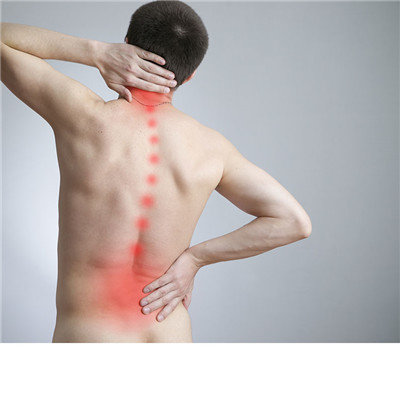
matters needing attention
It is necessary to avoid heavy load to aggravate the disease. Avoid holding a position for a long time. If you want to sit for a long time, you should get up for at least ten minutes every hour. Do not use the back restraint (it will reduce the activity) to worsen the spondylitis.
